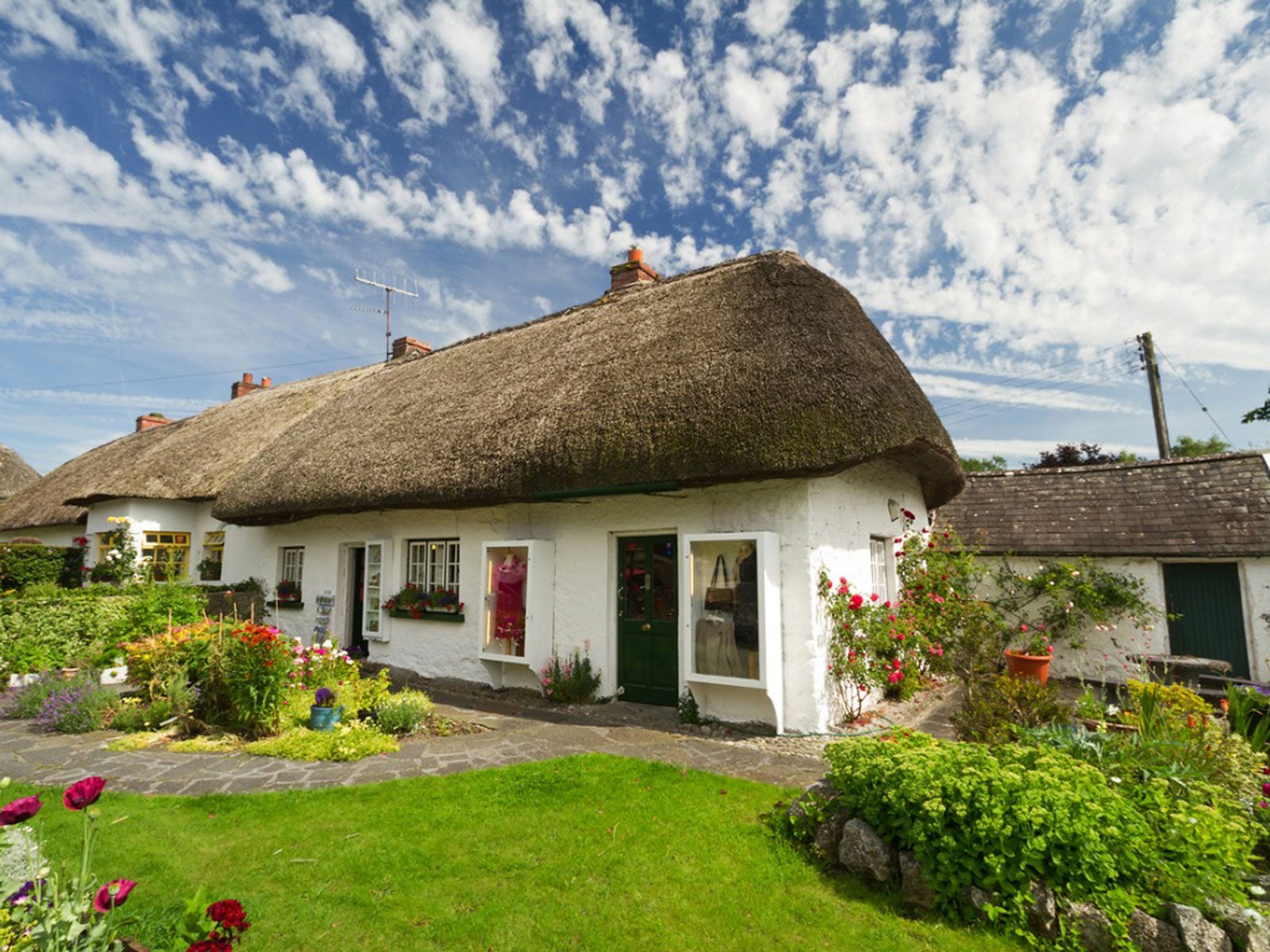Irish Style Gardening: How To Make An Irish Garden Of Your Own


Whether this is your ancestry, or you simply admire the beauty and culture of the Emerald Isle, Irish style gardening and Irish garden plants can help you create a lovely outdoor space. The climate of Ireland is wet and mild, which makes it perfect for lush greenery. Whether your climate matches this perfectly or not, you can still use some elements to add Irish flair.
How to Make an Irish Garden
Crafting an Irish garden is all about making it your own as well as being inspired by and using Irish gardening ideas. You may not be able to recreate a perfect Irish garden if you don’t have the climate for it, but there are still many ideas you can incorporate.
For instance, start with architecture. Ireland is full of stone and slate, and the gardens use these materials in low walls, walkways, and decorative elements. A slate path or stone wall that meanders is a perfect starting point for an Irish garden. Also, use stone figurines or sculptures for decoration or a focal point: a Celtic cross, a bird bath, or a Green Man face.
Gardens of Ireland also have a natural feel. They aren’t overly designed or too formal. Use the natural landscape to dictate elements of your garden. Embrace the swampy area, for instance, and choose native Irish plants that thrive in wetlands; and leave that boulder where it is, planning beds around it.
Irish Garden Plants
With a basic structure, some architectural and decorative elements, and a space dictated by nature, you’re ready to populate it with Irish plants:
- Moss. With the wet, shady nature of Irish gardens, moss is ubiquitous. Embrace moss and let it grow between slates on the walkway, in your stone wall, and under trees or shrubs. Sagina subulata, known as pearlwort or Irish moss, is a moss native to Ireland.
- Foxglove. This pretty perennial flower is also a native. In Ireland, foxglove plants are often known as fairy thimbles.
- Woodbine. Also known as honeysuckle, Lonicera periclymenum is commonly found growing in Ireland and is often found climbing walls and hedgerows.
- Yarrow. The common yarrow wildflower is found all over the country, and its flat-topped flowers will bring butterflies and bees to your garden.
- Bugle. Otherwise known to many as bugleweed or ajuga, this native wildflower is perfect for wooded areas or wet meadows.
- Roman chamomile. Different from German chamomile, the type of herb seen most often in the U.S., this chamomile is native to and common in Irish meadows.
- Shamrocks. Of course, no Irish garden would be complete without some shamrocks. There are plenty of varieties to try with different colors of foliage and flowers.
Sign up for the Gardening Know How newsletter today and receive a free copy of our e-book "How to Grow Delicious Tomatoes".

Mary Ellen Ellis has been gardening for over 20 years. With degrees in Chemistry and Biology, Mary Ellen's specialties are flowers, native plants, and herbs.